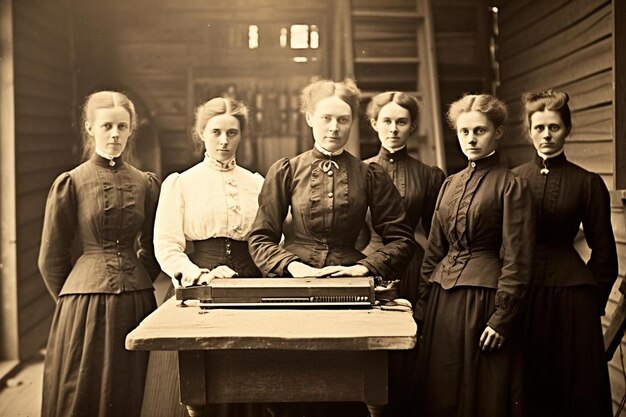Discover the 1890 Facilities Grant Program: What You Need to Know
For over a century, the United States has been committed to supporting historically black colleges and universities (HBCUs). Among the many initiatives designed to uplift these institutions is the 1890 Facilities Grant Program. Essential for enhancing land-grant universities, this grant provides vital infrastructure improvements to support cutting-edge education and research. This article unpacks the impacts and benefits of this seminal program, and how it plays a critical role in supporting academic excellence today.
Understanding the 1890 Facilities Grant Program
The 1890 Facilities Grant Program supports 1890 Land-Grant Institutions, primarily HBCUs, strengthening their infrastructure through capital improvements. These grants ensure that universities can upgrade facilities, enhance teaching capabilities, support agricultural research, and bolster their communities' growth. Here's why this program matters:
- Infrastructure Enhancements: Many 1890 institutions might lack the resources required to maintain or modernize their facilities without additional aid. This program helps bridge that gap, ensuring students have access to modern classrooms and labs.
- Educational Support: By improving educational facilities, the grant guarantees that students and faculty have the necessary resources for effective learning and research.
- Community Empowerment: These funds also support the local economies by creating temporary and permanent jobs, fostering an environment for community development.
How Does It Work?
The 1890 Facilities Grant Program is distributed annually to eligible institutions. Here’s a quick snapshot of the process:
- Eligibility: The grant is designated for the 19 historically black land-grant universities established under the Second Morrill Act of 1890.
- Application Process: Universities must submit proposals detailing their infrastructure needs and how they align with educational objectives.
- Allocation: Funding is awarded based on criteria like urgency, impact, and feasibility of proposed projects.
Navigating the World of Government Aid and Educational Grants
While the 1890 Facilities Grant Program is crucial for participating universities, it's part of a broader landscape of educational grants and government aid programs available to both institutions and individuals. Financial assistance is not limited to infrastructure but extends to tuition support, scholarships, and research financing. Here’s how you can tap into these resources:
- Educational Grants: Look beyond institutional aid and explore grants available for students directly. Many offer tuition support or fund specific research projects.
- Scholarship Opportunities: Investigate federal scholarships and state-funded programs that provide direct financial relief to students.
- Student Loans and Relief Options: While borrowing might be necessary for some, exploring debt relief options can alleviate future financial burdens, particularly for those entering fields like education or public service which might offer loan forgiveness.
Embrace Opportunities for Financial Empowerment
In the ever-evolving world of financial assistance and educational funding, understanding the options is crucial. The 1890 Facilities Grant Program exemplifies how targeted aid can elevate educational experiences and community development. Here are other avenues to explore for financial and educational advancement:
- 📚 Pell Grants: Available for undergraduate students displaying financial need, these are essential for reducing college expenses.
- 🎓 FAFSA: Completing the Free Application for Federal Student Aid is a critical step in accessing federal grants, scholarships, and loans.
- 💪 State Education Grants: Offered by state governments, providing additional support to in-state students.
- 💼 Public Service Loan Forgiveness (PSLF): Assists graduates working in public service roles by forgiving remaining student loans after ten years of payments.
Empowering yourself with knowledge of these programs can lead to significant opportunities, ensuring that financial constraints do not hinder your educational or research aspirations. Whether you’re a university administrator or a prospective student, exploring these diverse options will open doors to brighter futures.

- A Comprehensive Guide To The Senior Companion Program
- Comprehensive Guide To The Biotechnology Risk Assessment Research Grants Program
- Agriculture Innovation Center Demonstration Program: Your Comprehensive Guide
- The Agriculture And Food Research Initiative - Food Safety Challenge Area: A Guide For Consumers
- Agriculture And Food Research Initiative - Childhood Obesity Prevention: A Comprehensive Guide
- Understanding Federal Transit Grants For Rural Areas
- Understanding The Homeless Veterans' Reintegration Program
- Unleashing Opportunities With The YouthBuild Program
- Understanding Native American Housing Block Grants
- Unleashing The Residential Rehabilitation Assistance Program: The Definitive Guide